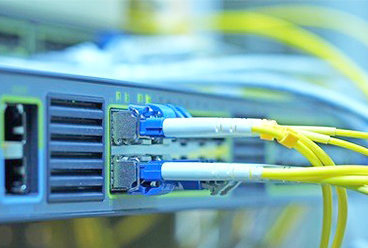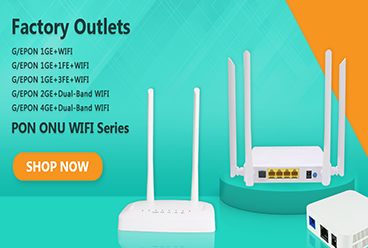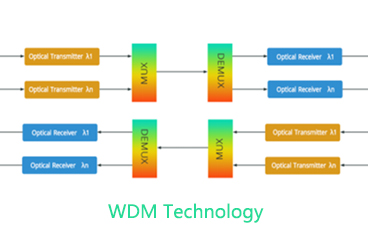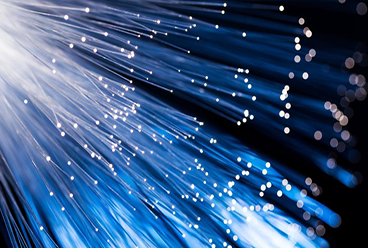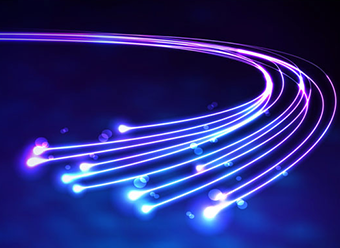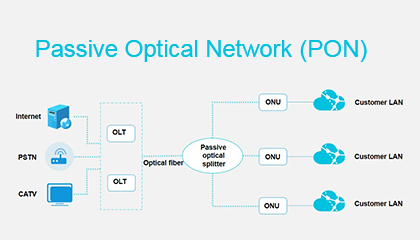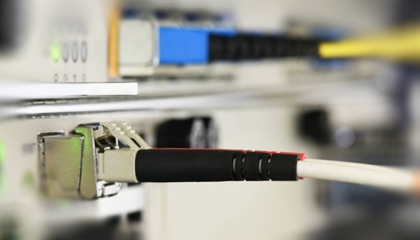SFP, SFP+, SFP28, QSFP+ and QSFP28 are different types of optical transceiver modules. They are all hot-swappable network interface transceiver modules, which are used to connect network switches and other network devices (such as servers or media converters) for data transmission. So, what is the difference between SFP vs SFP+, SFP+ vs XFP, SFP+vs SFP28, SFP+ vs QSFP+, QSFP+ vs QSFP28 ?
What is SFP transceiver module?
SFP small form-factor pluggable is a compact and small form-factor pluggable transceiver module for telecommunications and data communication applications. The SFP transceiver module can be regarded as an upgraded version of the GBIC module. Different from GBIC with SC optical fiber interface, SFP has LC interface, and the main body size of SFP is only half of GBIC, and SFP has a higher density of use. SFP connects the network equipment motherboard (router, switch, media converter or similar device) to the optical fiber or copper cable network. At the same time, SFP is an industry standard supported by major telecom equipment suppliers. The SFP transceiver module is designed to support SONET (Synchronous Optical Network), Gigabit Ethernet, Fibre Channel and other communication standards.
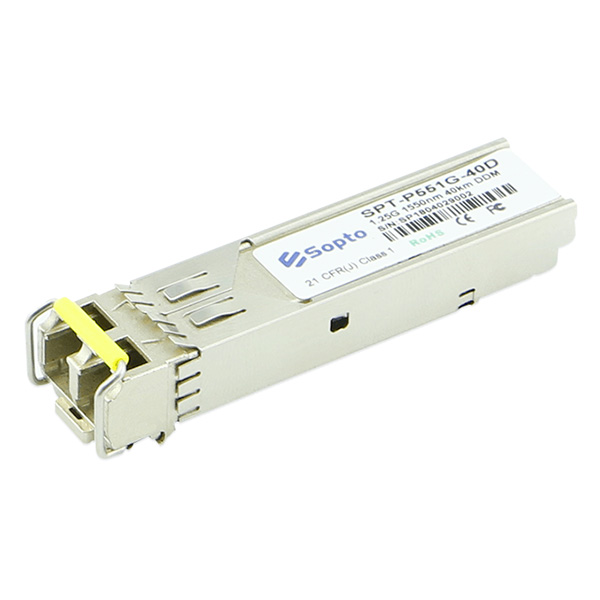
What is SFP+ transceiver module?
SFP+ is an enhanced version of SFP, supporting data rates up to 10Gbit/s. SFP+ supports 8 Gbit/s Fibre Channel, 10-Gigabit Ethernet and OTU2 optical transmission network standards. It is also an industry standard supported by major telecom equipment suppliers. The original standard was mainly aimed at the application on 8G Fibre Channel, 10G Ethernet and 10G Fibre Channel, among which the electrical interface of the motherboard was a standardized serial interface called SFI. These applications have been expanded to include SONETOC-192, SDH STM-64, OTN G.709, CPRI wireless, 16G Fibre Channel and emerging 32G Fibre Channel applications.
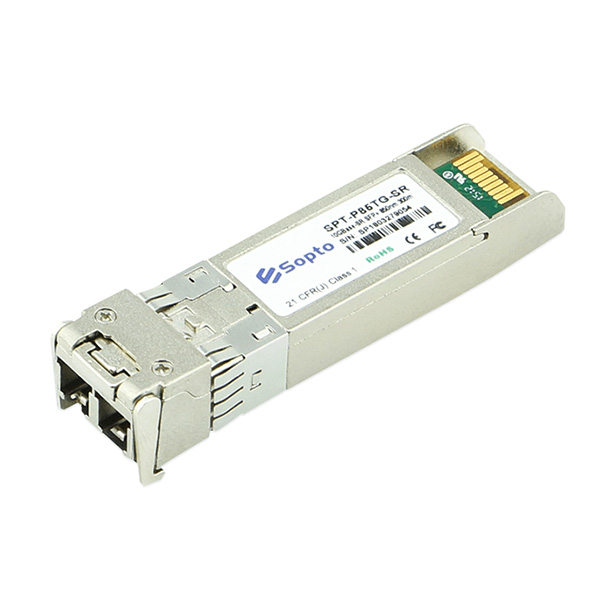
What is XFP transceiver module?
XFP appeared before SFP+. It is also a standardized form factor for serial 10Gb/s optical transceiver modules. It fully complies with the following standards: 10G Ethernet, 10G Fibre Channel, SONET OC-192, SDH STM-64 and OTN G.709, and supports bit rates from 9.95G to 11.3G. XFP transceiver modules are used for data communications and telecom optical links. Compared with other 10 Gb/s transponder modules, they have a smaller footprint and lower power consumption. The electrical interface of the motherboard is a standardized serial 10Gb/s interface called XFI.
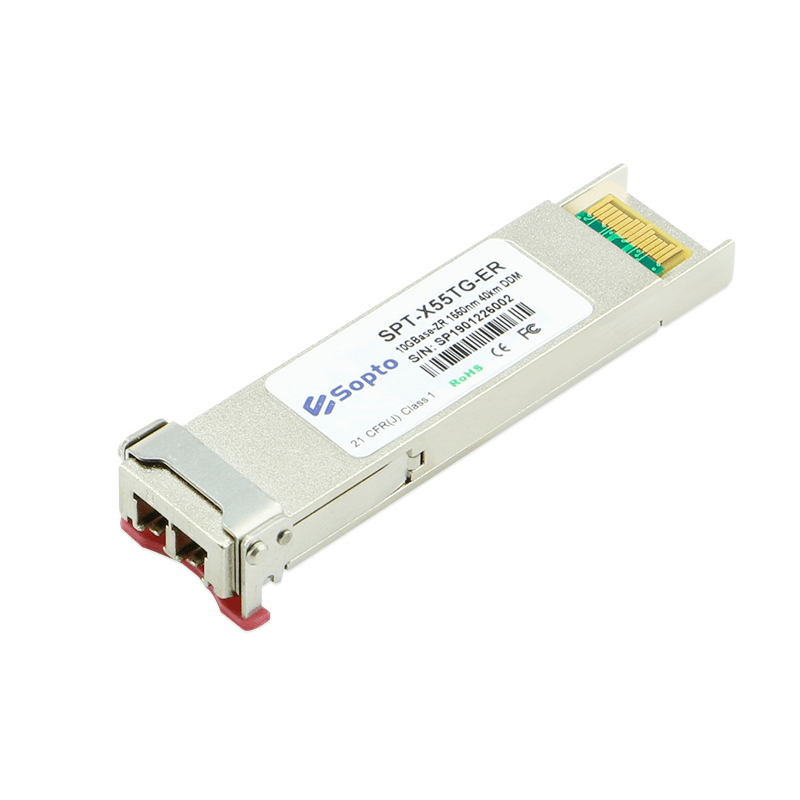
What is SFP28 transceiver module?
SFP28 is an optical transceiver module with a transmission rate of 25Gbps, which complies with multiple standards and specifications such as IEEE802.3, SFF-8472, SFF-8402, SFF-8432 and SFF-8431. Mainly used for 25G Ethernet and 100G (4x25Gbps) Ethernet, and supports 25G Ethernet and 28.05Gbps (for 32GFC) data rate. The SFP28 optical module is compatible with SFF-8432.
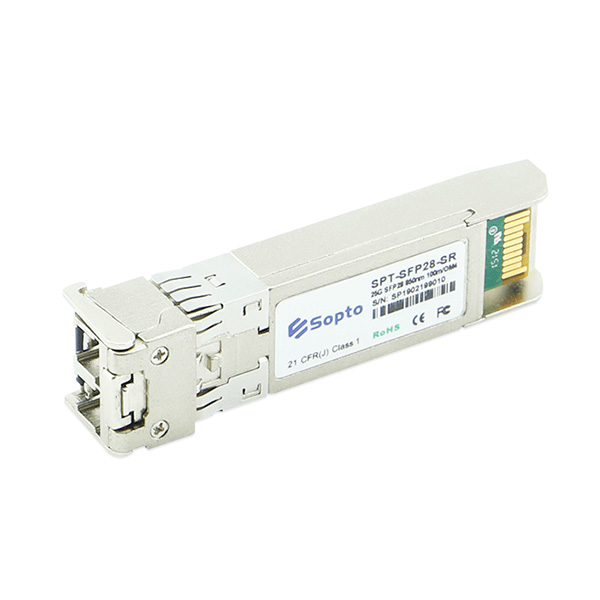
What is QSFP transceiver module?
QSFP quad (4-channel) small form-factor pluggable is short for 4-channel small form-factor pluggable. It is a compact, hot-swappable transceiver module that can also be used for data communication applications. QSFP+ is composed of 4 channels of 10Gb/s rate supporting SFF-8436 standard. QSFP+ is an enhanced version of QSFP. Compared with QSFP, QSFP+ has a higher bandwidth.
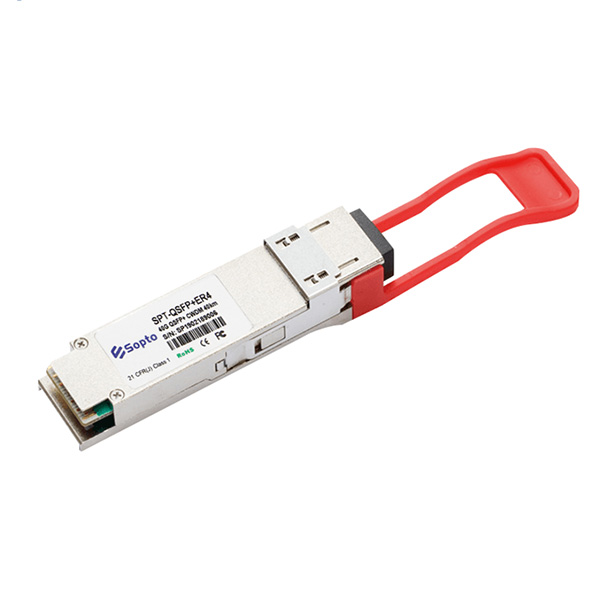
What is QSFP28 transceiver module?
The 100G QSFP28 transceiver module is a high-density, high-speed product designed for 100Gbps applications. It has the same form factor as the QSFP+ transceiver. QSFP28 100G provides four-channel high-speed signals, and the data rate of each channel ranges from 25 Gbps to possibly 40 Gbps, ultimately meeting the requirements of 100 Gbps Ethernet (4×25Gbps) and 400G (100 Gbps 4X) InfiniBand Enhanced Data Rate (EDR).
QSFP28 transceiver modules usually have several standards-100GBASE-SR4, 100GBASE-LR4, 100GbASE-PSM4 and 100GBASE-CWDM4. QSFP28-100G-SR4 works on multimode fiber with a distance of 100 meters. The 100GBASE-LR4 QSFP28 supports a longer distance of 10 kilometers. Compared with the CFP form factor, the QSFP28 transceiver module is more popular in the 100G market because of its higher plug-in density.
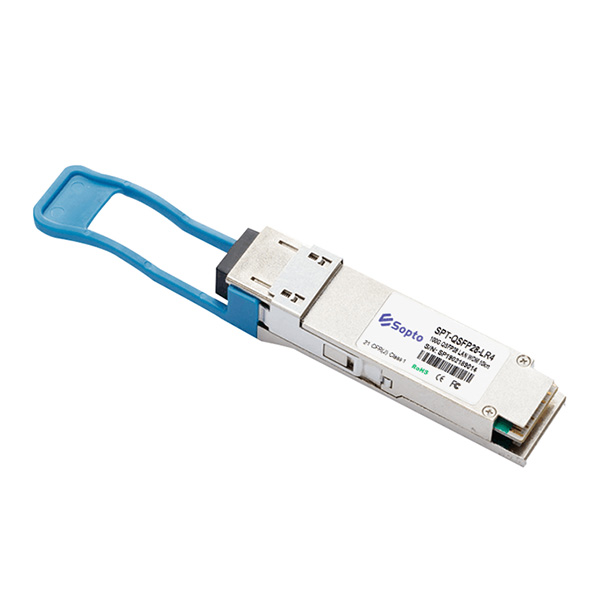
SFP vs SFP +:The same size and appearance, different rates and protocol standards
In short, SFP+ is an enhanced version of SFP. SFP usually supports 1.25Gbit/s to 4.25 Gbit/s, while SFP+ supports data rates up to 10Gbit/s. For SFP and SFP+, they have the same size and appearance, but use different standards. SFP is based on IEEE802.3 and SFF-8472.
SFP+ vs XFP:Different appearance, different protocol standards
Compared with the earlier XFP transceiver modules, SFP+ is significantly smaller in size than XFP. This is because SFP+ transfers part of the functions to the main board of the device instead of inside the module, thus saving PCB area. These functional circuits mainly include signal modulation functions, MAC, CDR and EDC. XFP is based on the XFP MSA standard, while SFP+ complies with IEEE 802.3ae, SFF-8431, and SFF-8432 protocols.
SFP+ vs SFP28:Same structure and interface standard
SFP28 and SFP have the same structure definition and interface standard, but the rate of SFP28 reaches 25Gbps, and the transmission efficiency is 2.5 times higher than that of SFP+. At present, the price of 40G optical transceiver modules and 100G optical transceiver modules is too high, and the power consumption is too large, and the speed of 10G optical transceiver modules cannot meet the needs of the network, so the 25G SFP28 optical transceiver modules just makes up for the shortcomings between the three. At the same time, in 5G communications, SFP28 transceiver modules will be widely used in fronthaul networks.
SFP+ vs QSFP +:Different rates, different protocol standards
QSFP+ is a four-channel SFP+ interface that can transmit speeds up to 40Gbps. Similarly, they are based on different standards.
QSFP+ vs QSFP28:Different rates, different applications
QSFP+ and QSFP28 optical transceiver modules have the same size and have 4 integrated transmit and receive channels. In addition, although QSFP+ and QSFP28 series products also have optical transceiver modules and DAC/AOC high-speed cables, the speeds are different. The QSFP+ transceiver modules supports a single channel rate of 40Gbit/s, and the QSFP+ DAC/AOC supports a transmission rate of 4×10Gbit/s. The QSFP28 transceiver modules transmits data at a rate of 100Gbit/s, and the QSFP28 DAC/AOC supports 4×25Gbit/s or 2×50Gbit/s. It should be noted that QSFP28 transceiver modules cannot be used for 10G branch link, but if the switch with QSFP28 port supports QSFP+ module, you can insert QSFP+ transceiver modules into QSFP28 port to realize 4×10G branch link.
Sopto Technology is a Data Center Solution service provider with rich industry experience, and has its own optical transceiver module production line. If you have any questions about optical transceiver modules, please feel free to contact us.
Tags : SFP, SFP+, XFP, SFP28, QSFP+, QSFP28, optical transceiver module, fiber transceiver, SFP module
— END —




